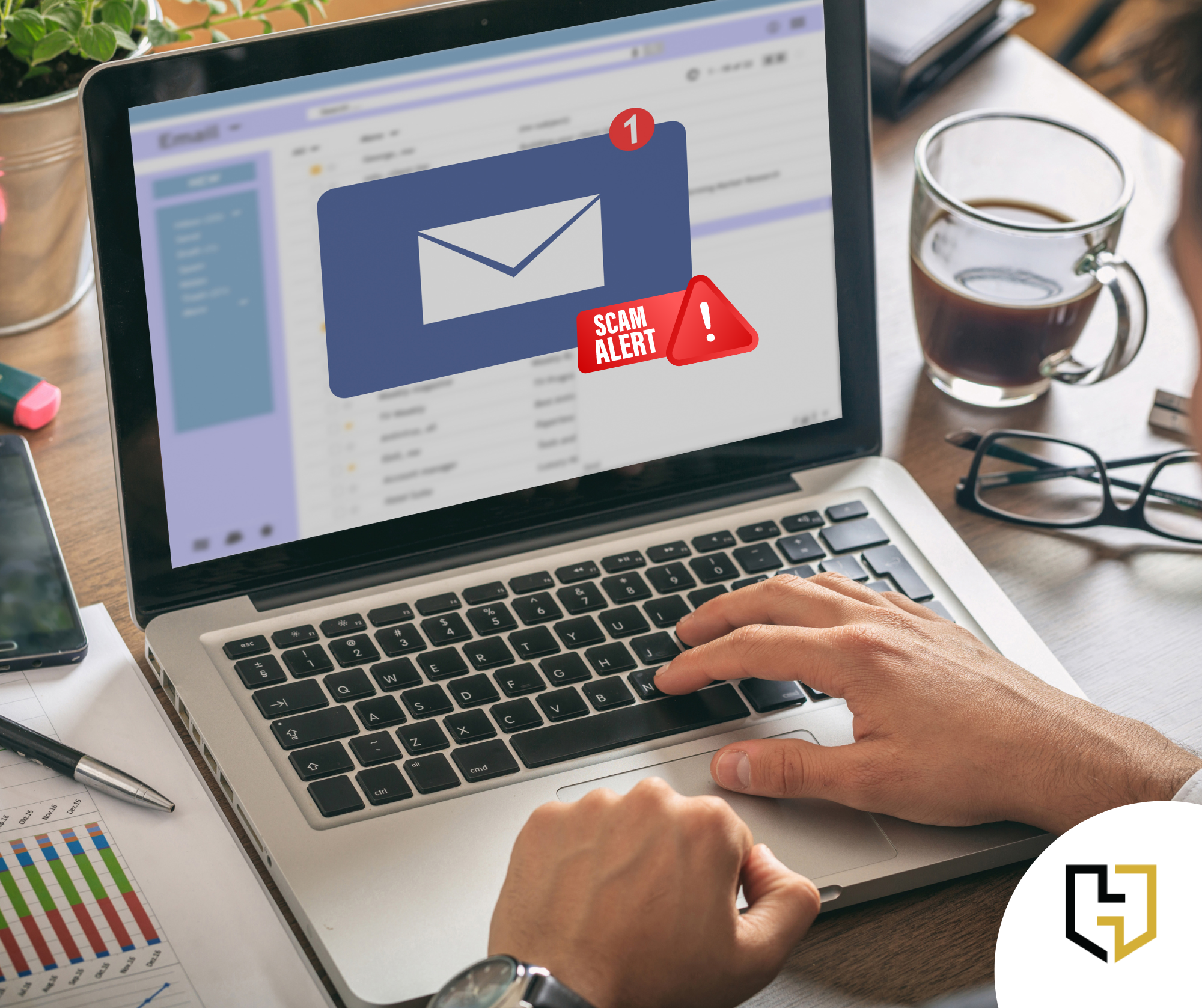Email phishing scams have become a prevalent threat, targeting individuals and organizations alike. These scams, designed to trick recipients into revealing sensitive information or installing malware, can lead to severe financial and reputational damage. This blog will explore how to identify email phishing scams and offer strategies to avoid falling victim to these malicious attacks.
What Are Email Phishing Scams?
Email phishing scams involve fraudulent emails that appear to come from legitimate sources. These emails aim to deceive recipients into divulging personal information, such as passwords, credit card numbers, or other confidential data. Phishing emails often mimic the style and branding of reputable companies, making them difficult to distinguish from genuine communications.
Common Characteristics of Phishing Emails
- Urgent or Threatening Language: Phishing emails often create a sense of urgency or fear, urging recipients to act quickly to avoid negative consequences, such as account suspension or unauthorized transactions.
- Suspicious Sender Addresses: While the display name might appear legitimate, closer inspection of the sender’s email address often reveals discrepancies, such as misspellings or unfamiliar domains.
- Generic Greetings: Phishing emails frequently use generic greetings like “Dear Customer” instead of personalized salutations, as attackers may not know the recipient’s name.
- Unexpected Attachments or Links: These emails often contain unsolicited attachments or links that direct recipients to fraudulent websites designed to steal personal information.
- Spelling and Grammar Errors: Many phishing emails contain noticeable spelling and grammar mistakes, which can be a red flag for discerning recipients.
- Too Good to Be True Offers: Emails offering unrealistic deals, prizes, or rewards are often phishing attempts designed to lure recipients into providing sensitive information.
How to Identify Phishing Emails
- Examine the Sender’s Email Address: Check the email address carefully for any inconsistencies or unusual domains. Legitimate companies usually have consistent and recognizable email domains.
- Hover Over Links: Before clicking on any link, hover your mouse over it to reveal the actual URL. If the URL looks suspicious or doesn’t match the sender’s domain, do not click on it.
- Look for Personalization: Legitimate companies typically personalize their communications with your name and relevant account information. Generic greetings can be a sign of phishing.
- Verify with the Source: If you receive an unexpected email from a known company, contact the company directly using official contact information from their website, not the contact details provided in the email.
- Be Wary of Attachments: Avoid opening email attachments from unknown senders or unexpected attachments from known contacts. Verify the authenticity of the email first.
How to Avoid Falling Victim to Phishing Scams
- Enable Email Filtering: Use email filtering tools that can detect and block phishing emails before they reach your inbox.
- Use Multi-Factor Authentication (MFA): Enable MFA on your accounts to add an extra layer of security, making it harder for attackers to gain access even if they obtain your credentials.
- Keep Software Updated: Regularly update your email client and other software to protect against vulnerabilities that phishing attacks might exploit.
- Educate Yourself and Others: Stay informed about the latest phishing tactics and educate your colleagues and family members on how to identify and avoid these scams.
- Report Phishing Attempts: Report suspicious emails to your email provider or IT department to help improve phishing detection and protect others from similar scams.
Email phishing scams continue to pose a significant threat in today’s digital world. By understanding how to identify and avoid these scams, you can protect yourself and your organization from potential harm.
Awareness and proactive measures are key to defending against phishing attacks. By incorporating these strategies into your daily routine, you can significantly reduce the risk of falling victim to these malicious schemes. Remember, cybersecurity is a shared responsibility, and everyone has a role to play in keeping the digital landscape safe.
Explore a wealth of information on our website https://www.hammett-tech.com/our-blog/
Visit our Socials!

